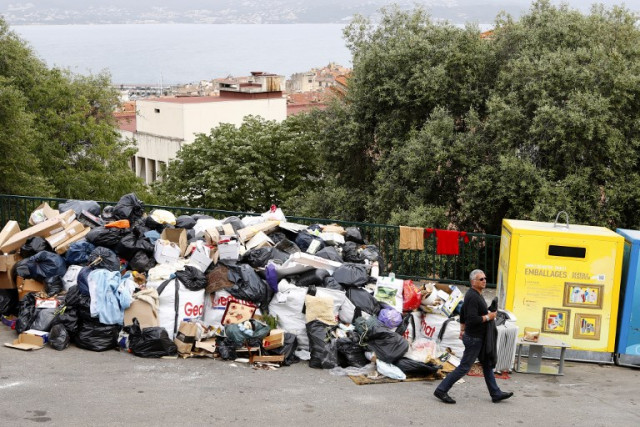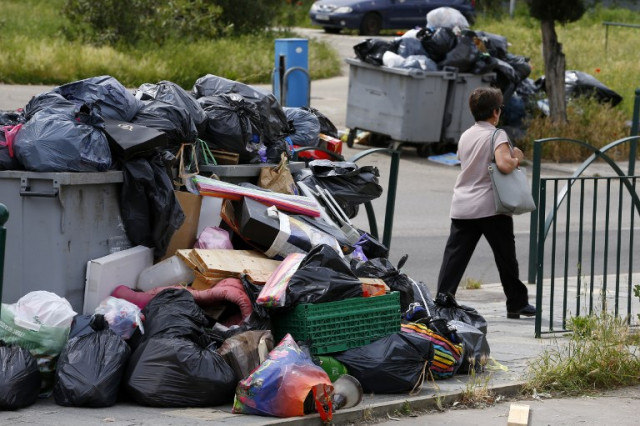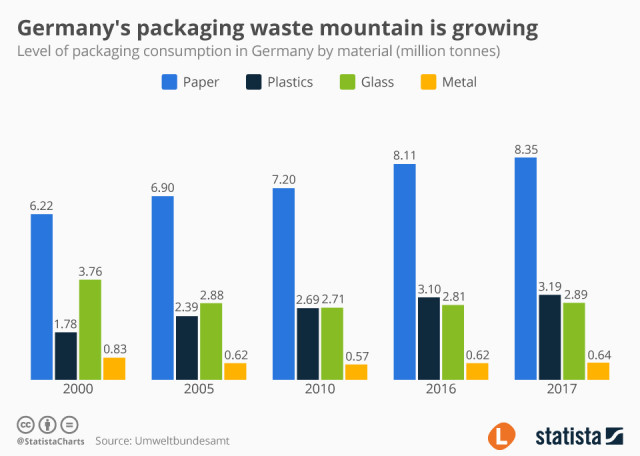One of only two waste landfills in Corsica has been partially blocked since Monday morning as part of an initiative by local elected officials who are calling for comprehensive long-term solutions to the repellent issue of waste disposal on the island.
For the past three years, Prunelli di Fium'Orbu rubbish landfill in central Corsica has increased its capacity from 43,000 to 60,000 tonnes per year.
The local municipality is up in arms about the rise, arguing that the dumpsite is way over full capacity, and is therefore only allowing rubbish lorries from their community to dump waste at the site.
“We’ve reached 40,000 tonnes already this year, we can only bury a further 3,000 tonnes,” Prunelli di Fium'Orbu mayor Pierre Siméon de Buochberg is quoted as saying by French magazine l’Express.

The situation at the Viggianello dumpsite in the south of the island is just as alarming, spurring their municipality to also carry out a blockade earlier this year.
A proposal to dig deeper into the ground to make room for a further 223,500 tonnes of waste has been met by reluctance on the part of local residents and elected representatives.
But Gilles Simeoni, president of Corsica’s executive council, called on Monday for the 60,000 tonnes a year limit be kept for an additional three years, whilst waving a plan to allegedly reduce buried waste by 60 percent by 2021.
“There will be a transitional period of three years when the production of waste from Corsica will be greater than the island’s landfill capacity,” Simeoni said.
“We are therefore obliged to ask staff at the two landfills to put in the extra effort pending alternative solutions.”
Before lifting the blockade, Prunelli di Fium'Orbu’s mayor demanded “strong guarantees” vis-à-vis the change to waste disposal as well as “investment in road development, digital and health” in the municipality.
The lack of a rubbish incinerator and the fact that Corsica’s only two landfill sites are almost permanently operating at full capacity has turned the waste management crisis into one of the Mediterranean island’s biggest problems.

In 2017, Corsica generated 450 tonnes of residual waste per day during the low season (February) and 770 tonnes in high season (August). That’s according to Syvadec, the public body that treats waste on the island.
Up to 26 percent of Corsican households’ waste is sorted in Corsica (59,013 tonnes per year) and 74 percent is buried directly underground without any sorting, (163,765 tonnes per year).
In 2015, Corsica’s biggest dumpsite in Tallone (Haute-Corse) was closed after a vertical extension of the landfill was refused.
In March 2017, another site in Vico in the south, which took 30,000 tonnes per year was also closed, having reached its threshold capacity of 115,000 tonnes (an extension project was also blocked).
According to Simeoni, Corsicans have inherited 20 years “of mismanagement and little choice, which have been detrimental to the general public interest and benefited instead private sources.”




 Please whitelist us to continue reading.
Please whitelist us to continue reading.
Member comments